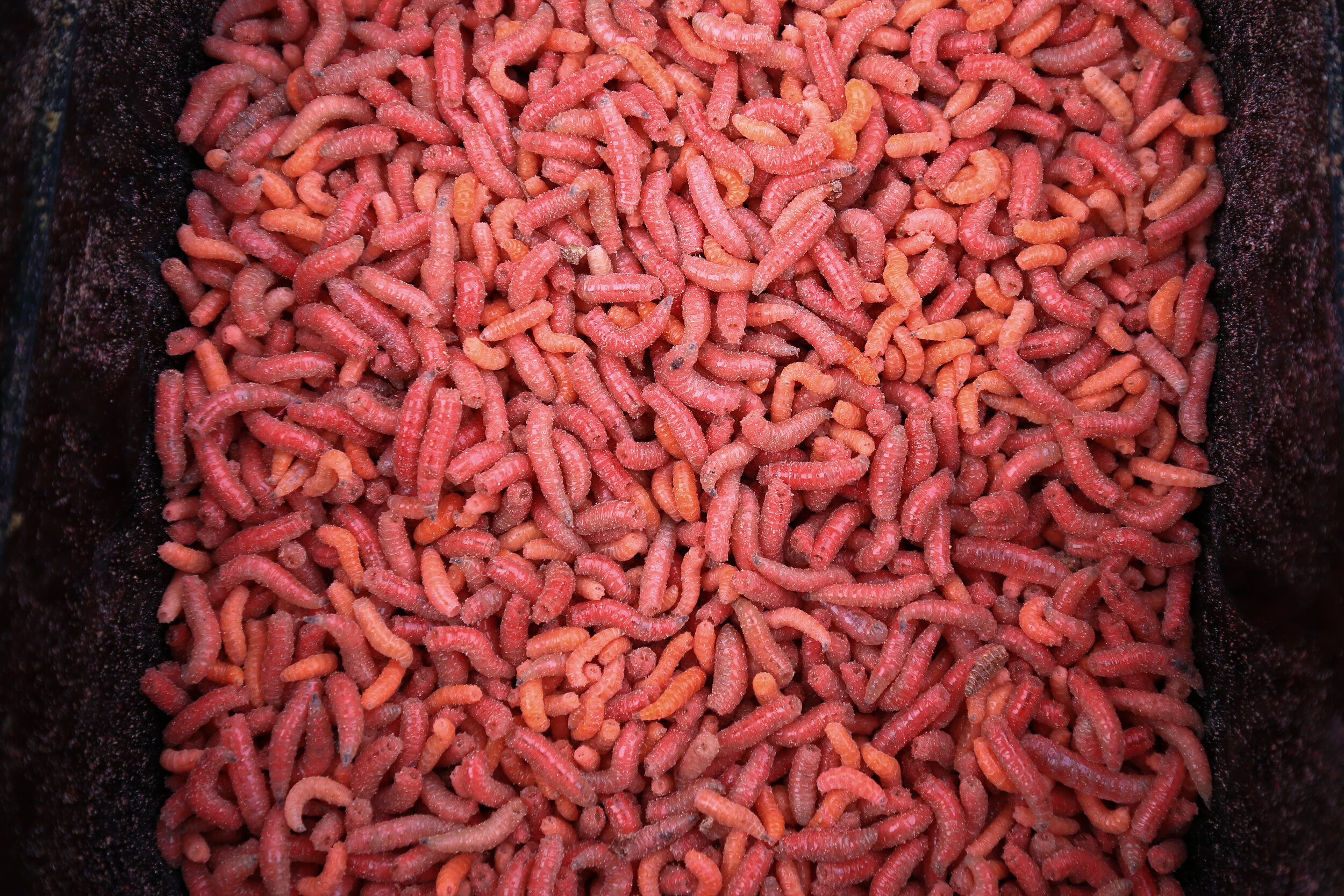Commercial Fishing Tips | 5 tips for maggot feeder fishing
Once the sole preserve of river anglers chasing chub, the maggot feeder has now made its mark on commercial fisheries too – and not just for carp!
Here are 5 tips to make the most of the method…
Mix up the freebies
It’s common to feed a mix of baits when fishing the pole, so why can’t you do the same with the maggot feeder? Alongside maggots, add some fluoro pinkies and even a few casters or fish something a bit different. This also provides you with an alternative hookbait option if you’re struggling for a bite. Double maggot is the best starting bait, but switch to three pinkies from time to time to see if it improves the fishing.
A mix of maggots and pinkies can help keep the bites coming in thought conditions
Pack the feeder
Maggots will soon wriggle out of a feeder, so take a bit more time to fully pack them in on each cast to stop this happening – they’ll have no problem getting out once the feeder hits bottom! What you don’t want are maggots spilling out on the cast or as soon as the feeder hits the water. Cram as many as you can into the feeder’s body.
Cram as many maggots into the feeder as you can
Keep active for silverfish
Where silvers are concerned, moving the feeder can be a help, not a hindrance. Try casting out, leaving the feeder still for a minute and then picking the rod up and winding in, moving the rig by about 6ins. If nothing happens, repeat the process a couple of times. This movement helps the feeder empty, releasing a few more maggots into the swim. It also gives the hookbait a burst of movement, which can trigger a fish into hitting it.
Keep the feeder moving to gain extra bites
Starve them on to the hook
If your swim has a lot of fish in it, normally shown either by quick bites or a lot of indications on the quivertip, you can catch quicker by reducing the amount of maggots you’re feeding. Change to a smaller maggot feeder that holds say, 12 maggots as opposed to the 30 of a larger model and you’ll be giving the fish less choice. With fewer maggots to feed on, they should find your hookbait faster!
Less choice can mean more bites!
Long hooklengths
Fish will still be feeding off bottom at the moment, but that’s not to say you can’t catch them on the drop with the feeder. A long hooklength is essential here, typically the length of half the swim’s depth – so in 6ft of water, that means a 3ft link. This makes the hookbait fall slowly through the water once the feeder has settled, and can be brilliant for F1s and silverfish. Add a little maize meal to the maggots going into the feeder and it will put a slight cloud into the water to attract more fish into the peg.
Long hooklengths will help the slow fall of the hookbait





